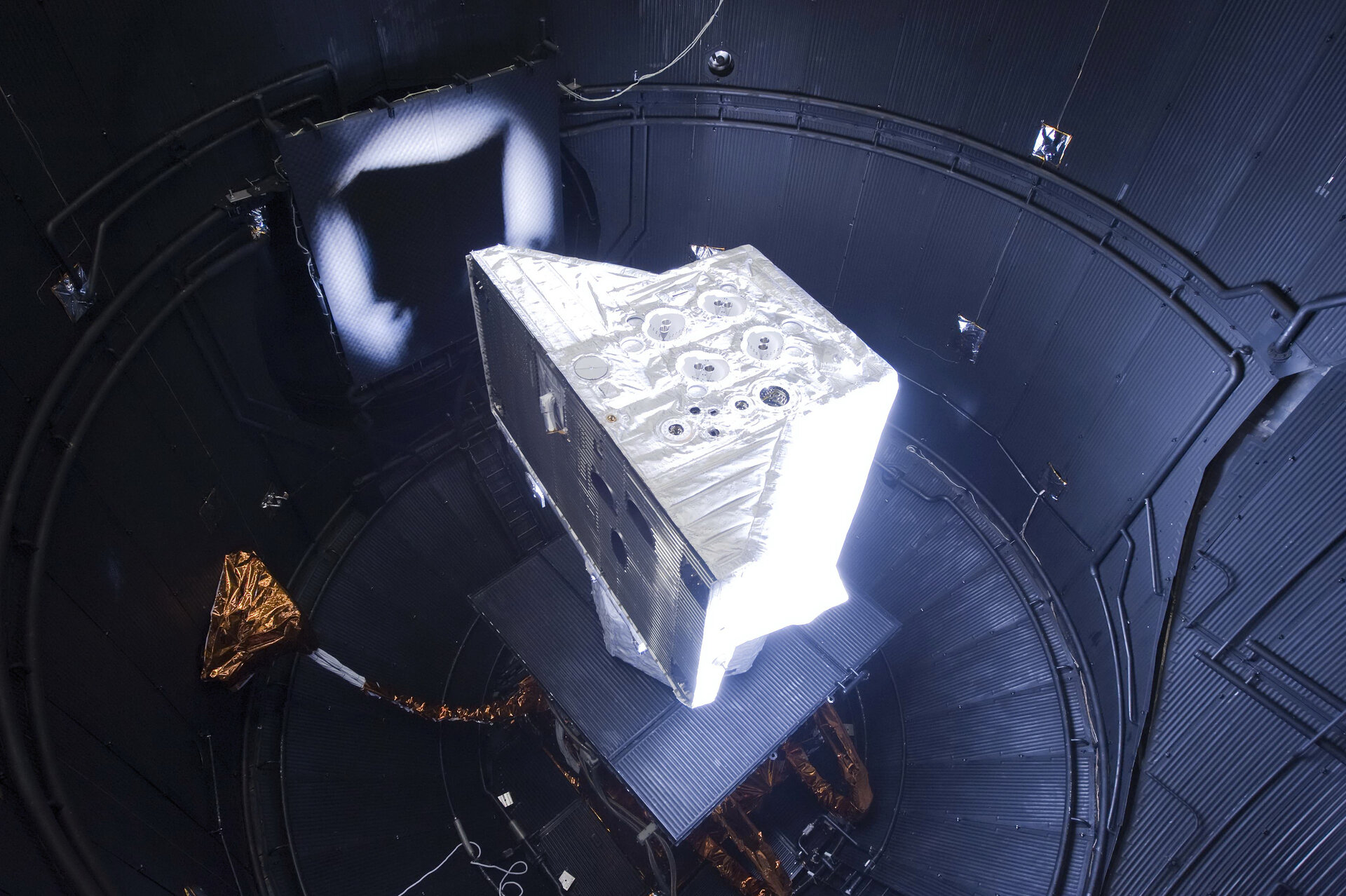Solar simulation testing is an increasingly popular method for environmental testing, allowing users to accurately assess the effects of sunlight on their products. It offers a range of advantages over traditional methods, such as providing more accurate and reliable data in shorter timeframes.
With solar simulation testing, researchers can simulate various conditions that are difficult or impractical to reproduce in the laboratory setting. This makes it ideal for applications where precise measurements must be taken quickly and efficiently, from predicting product lifetime performance under extreme weather conditions to pinpointing potential problems before they become costly disasters.
Solar simulation testing has already revolutionized many industries around the world and promises even greater advances shortly.
Benefits of Solar Simulation Testing
Solar simulation testing provides many benefits for environmental testing. Using this type of technology, test engineers can replicate the effects of sunlight on materials and products in a controlled environment. This allows them to determine how materials will react when exposed to varying levels of UV radiation, temperature, humidity, and other environmental factors.
With solar simulation testing, manufacturers can ensure that their products are safe to use in outdoor environments or have been manufactured using processes that meet industry standards. Additionally, it also helps designers identify problems early on in the product development cycle which may otherwise be overlooked during traditional tests. Solar simulation offers a cost-effective way to accurately assess the performance of materials under extreme conditions without having to risk potential damage or failure due to prolonged exposure outdoors or with expensive field tests.
Ultimately, solar simulation testing is an invaluable tool for ensuring quality control and consumer safety while reducing time spent on designing products by optimizing material selection and implementation techniques used during production stages.
Applications of Solar Simulation Testing in Environmental Testing

Solar simulation testing is a valuable tool for environmental testing because it allows researchers to accurately replicate natural solar conditions. This type of testing can be used in a variety of ways, including to assess the effects of environmental variables on materials and equipment, simulate photovoltaic system performance under different weather conditions, evaluate radiation levels at specific points throughout an area, analyze energy efficiency solutions, and improve product design.
Solar simulators are also able to provide measurements that directly relate to the amount of energy being produced or consumed by various systems while operating under a given set of parameters. For example, when evaluating an electric vehicle battery pack\’s ability to withstand extreme temperatures or high-intensity light exposure over long periods without degradation in performance or longevity, solar simulation test data can be invaluable in determining how well the battery will perform when exposed to direct sunlight for extended periods.
In addition, using simulations can help identify optimal locations for setting up renewable energy installations as well as predict their expected output based on varying weather patterns and geographical features. Furthermore, solar simulation tests have been used in research involving crop yields due to changes in temperature or UV irradiance levels over time.
In conclusion, solar simulation testing provides powerful insights into many aspects related to environmental factors affecting materials and products which makes it an invaluable asset within the field of environmental research and evaluation.
Challenges Faced with Solar Simulation Testing
Solar simulation testing has become an increasingly important part of environmental testing. However, this process is not without its challenges. For starters, solar simulators are expensive and require regular maintenance to ensure accuracy and efficiency.
Additionally, the limited number of light sources used in a particular test can result in inaccurate results due to inconsistency between different light sources. Furthermore, improper calibration or inadequate control over irradiance levels may lead to unreliable data or results that do not accurately reflect the true environmental conditions being tested for.
Finally, despite advances in automation technology, there are still some manual tasks associated with solar simulation tests that make them time-consuming and labor-intensive processes.











